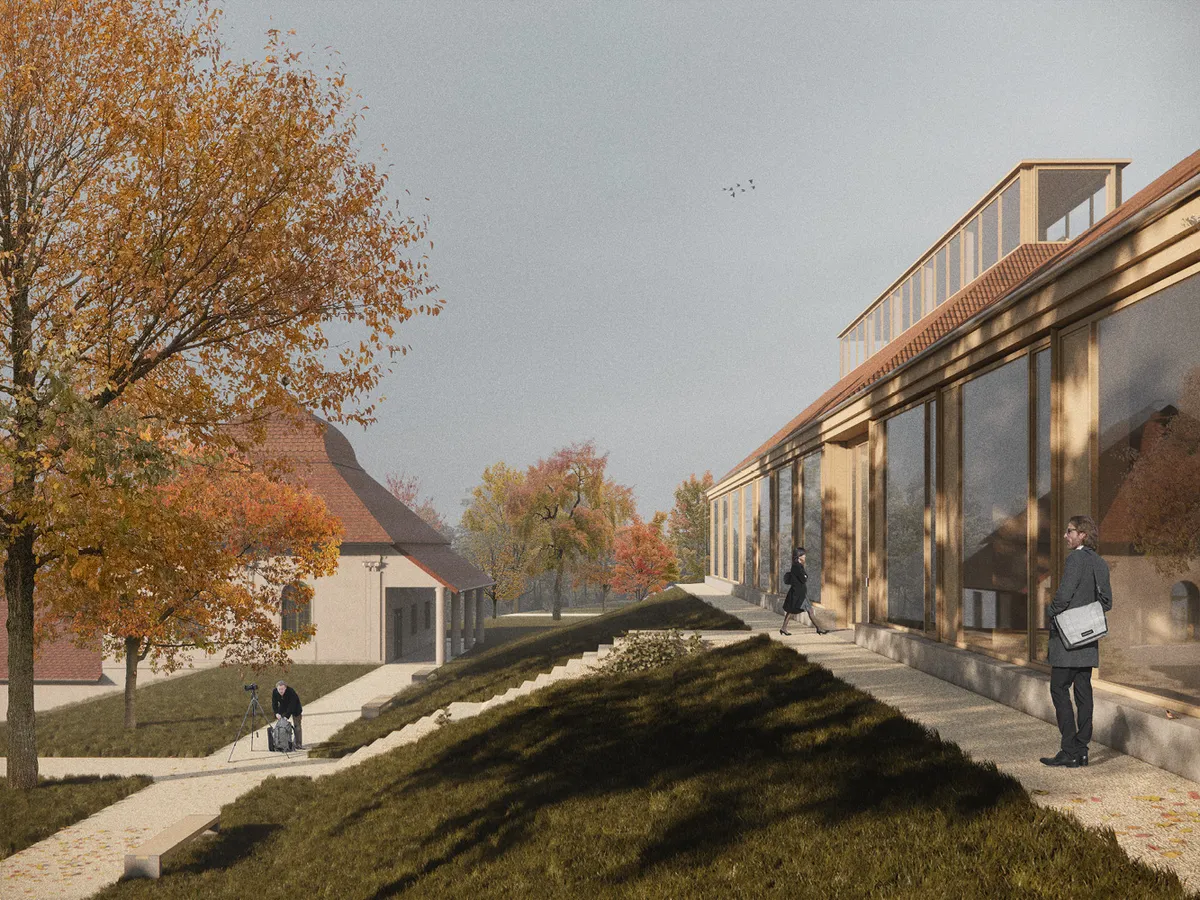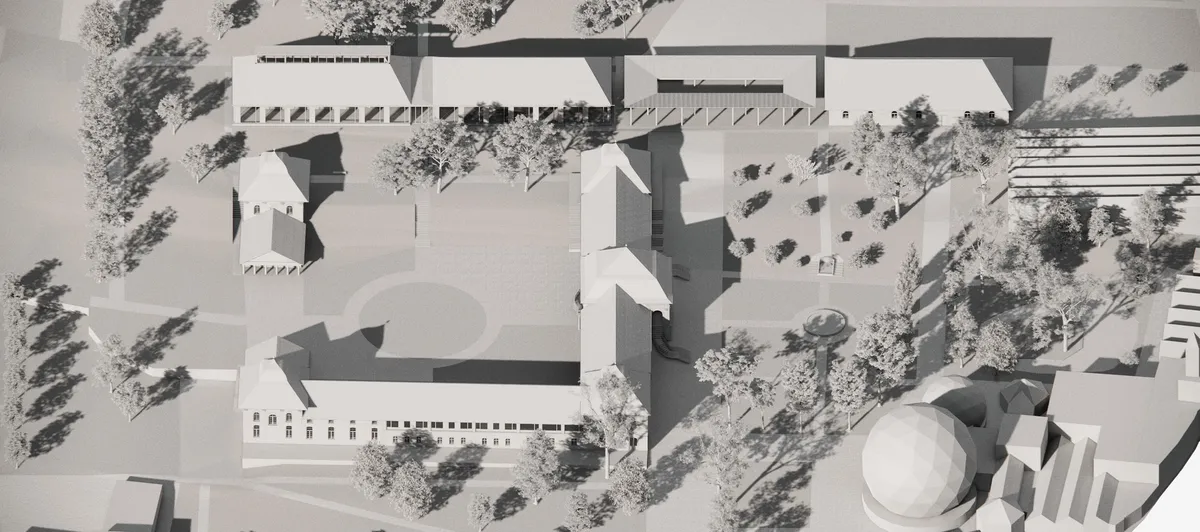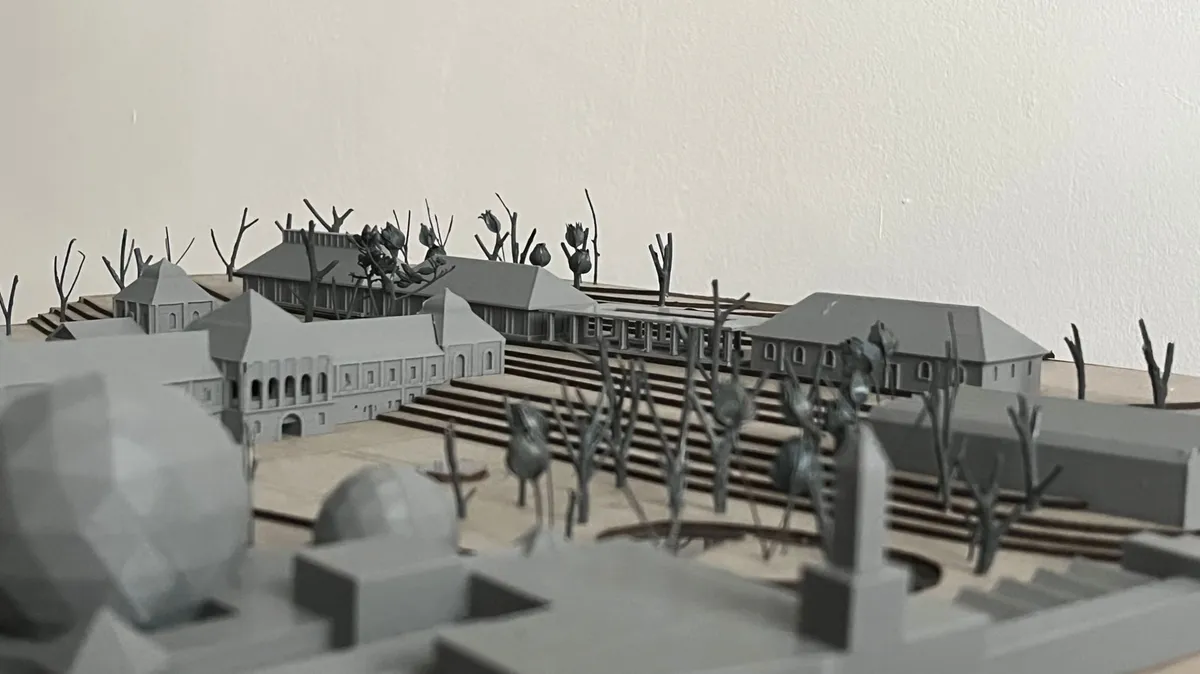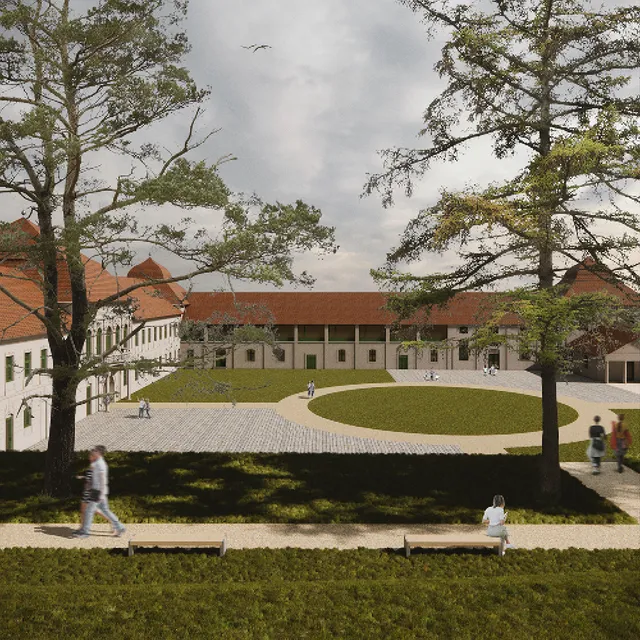
1/10

2/10

3/10

4/10

5/10

6/10

7/10

8/10

9/10

10/10

Author(s) / Team representatives
Cezara Brescanu
Profession
architect
External collaborators
Dr. Arh. Alexandru Fleșeriu (supervisor)
Project location
Strada Wesselényi Miklós nr.16, respectiv nr.16A, loc. Jibou, jud. Sălaj
Project start date
October 2022
Project completion date
July 2023
Photo credits
Cezara Brescanu
Text presentation of the author/office in English
Coming from a relatively small town with a limited architectural landscape, I developed a keen interest in buildings, especially historical ones. Pursuing a degree in architecture always seemed like the natural choice, and gradually, my studies and the contexts in which my education took me have shaped these two main interests that have consistently guided me: restoration and landscape architecture. These were also the reasons why I chose to complete part of my studies and internships abroad: I wanted to learn about restoration in Rome and to explore the small Dutch towns and parks. My thesis and dissertation projects provided an excellent opportunity for me to further delve into these fields, and now that they are completed, I hope that my growing passion for these disciplines remains just as vibrant.
Project description in English
The project is targeting the Botanical Garden „Vasile Fati” from Jibou, an urban green space which, unfortunately just like plenty of others in Romania, needs some more attention.
What makes this garden truly special is the presence of Wesselényi Castle’s ensemble and the relationship between them – an ambiguous relationship, caused by the lack of functional communication.
The proposal aims to encourage harmony between the historical monuments and the garden by creating a physical and functional enclosure of the ensemble, bringing similar functions to the botanical institution: a biodiversity research center, a botanic museum, and an ecological education center. They will find their place both in the spaces of the castle and the stable (both abandoned for more than a decade), as well as in the new buildings, designed to complete the ensemble, without competing with it in any way.
At the same time, the garden will undergo some changes. The strategy of the new design will focus on rethinking the existing path into a coherent route and complementing it with a variety of amenities, clearing the garden of non-essential buildings, creating a continuous network of water features, enhancing the character of the existing vegetation while adding new species.



